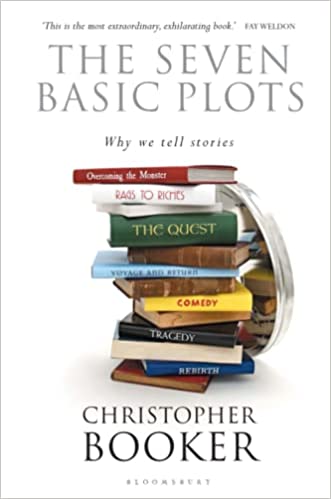Authors are world builders. We use a gift not many people possess to spin fictional tales about people who live in our heads. Some find that creating characters can be difficult, others concentrate on their characteristics, while many can reach out into the air and pull entire towns and places together without effort.
I find that my fully developed characters walk on stage when I need them. They take over, dropping bits and pieces of their backstories as the story develops and I watch them come alive as my fingers fly over the keys. I’m lucky that way.
Writers sometimes say they have issues creating characters, but I’ve never heard a writer say they have problems with locations. I know several who write about the cities or towns where they lived or grew up. They use existing locations, because they know them. If it’s a historical novel, they might spend considerable time researching a certain setting through whatever means works for them.
As I’ve written before, sometimes you have to actually visit a location during the research process, and there are authors who travel the world to better understand the environment, and the people who live there.
I use real settings in Northeast Texas, West Texas, East Texas and the Panhandle, and more recently Eastern Oklahoma and Hot Springs, Arkansas, but I handle those places differently in print. I change the names of those communities and towns.
But why, if they’re real places? You can use Google maps to find streets, highways, and even buildings. Keep it simple, stupid, and use what’s there.
There’s a reason for that. There are readers who delight in pointing out errors in a novel and I think they receive great satisfaction in writing to stay…
“I enjoyed your book, but 1st Street NW in Paris, Texas, is one way. You wrote that it’s a two way, and sir, that’s wrong!”
Or…
“There’s aren’t any houses at the corner of West Lincoln and Highland Street in Marfa, Texas. They start halfway down the block. You should visit the places you write about.”
I get the occasional email pointing out elusive typos, or in their opinion, cars didn’t have push button shifters in the 1940s. Well, yes they did, I know, because I drove a 1948 DeSoto for a year in high school and it had Fluid-drive in addition to manual shifting.
NOTE: A 1948 DeSoto was not the car that impressed girls in 1970. Come to think of it, the four-door 1959 Galaxie 500 I drove for the next three years wasn’t either.
To alleviate those issues with reality, I simply change the name of existing towns and mold them into what I want, or need. In my Red River series, Paris, Texas, became Chisum. That name came from John Chisum, a central player in the New Mexico Lincoln County War (which made famous Billy the Kid and his Regulators). He’s buried in Paris and it seemed fitting.
I partially grew up in the community of Chicota, and changed it back to the original name of Center Springs. I also merged two towns in the Big Bend Region of the Lone Star state. Alpine and Marfa became Ballard (named after my college roommate), and I’ve created other towns from whole cloth.
Now I can run my streets any way I want. If I need the courthouse to be six stories high, I can do it, and no one has any reason to call me on it. This idea works for me in other ways, too. I was looking at Google maps one day and noticed the Red River twisted out of its banks several years ago. A sliver of Oklahoma wound up on the Texas side.
But it still belongs to Oklahoma and there was considerable litigation about that issue. That orphan piece of land is north of a rancher’s property, and there still aren’t any official roads in and out of there, other than the cattleman’s two tracks made by his own truck.
It was thin I began to wonder…what if?
What if there no one claimed the fallow land?
What if bad buys decided to “homestead” it, pay the Texas landowner for a two-track right of way and build a honky tonk?
What if they sold drugs and had gambling in addition to selling beer and liquor?
What if someone was murdered in this no man’s land?
In Laying Bones, (Book 8 in the Red River series), I addressed all those questions and more, built a fictional honky tonk world on that sliver of land, and explored what could happen.
The plot came from an offhand mention during a funeral about five years ago. Back in 1964, a distant cousin, R.B. Armstrong got drunk in an Oklahoma club one night, drove back across the river into Texas and overturned his car into Sanders Creek and drowned in only a few inches of water. He was my Old Man’s running buddy, and Dad wondered about R.B.’s death until the day he died in 2010.
I was talking to my first cousin, Roger, at the aforementioned funeral and we got to talking about the Old Man, R.B., and the rest of those old men who were part of the Greatest Generation. I told Roger Dad brought up R.B.’s drowning only he died, saying it sure was a shame.
Roger gave me a strange look and shook his head. His daddy was a Lamar County deputy sheriff at that time and Roger knew more than I did. “Rev, R.B. didn’t drown that night. He didn’t have any water in his lungs. He was murdered and they suspect a couple of guys drove him out there and pushed the car off into the creek. That story you know was made up to save the family more grief than they could handle at the time.”
I was stunned. What if that were true?
Our discussion bubbled along in my subconscious until I found that spit of land on Google Maps a few months later. Click. The light bulb went on and I had a novel because we’re world builders.
Use that wonderful imagination of yours, explore alternatives, and no one can call you out on it.
Oh, by the way, 1st Street NW in Chisum is a two way, in my world.

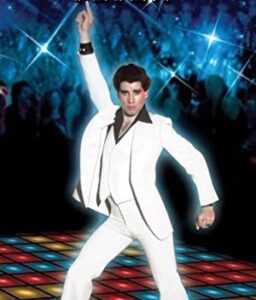



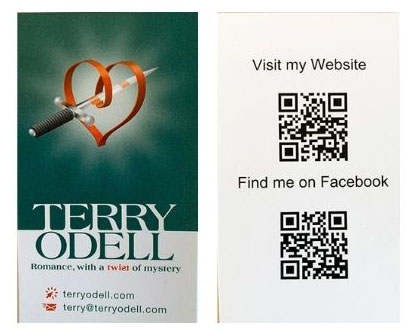
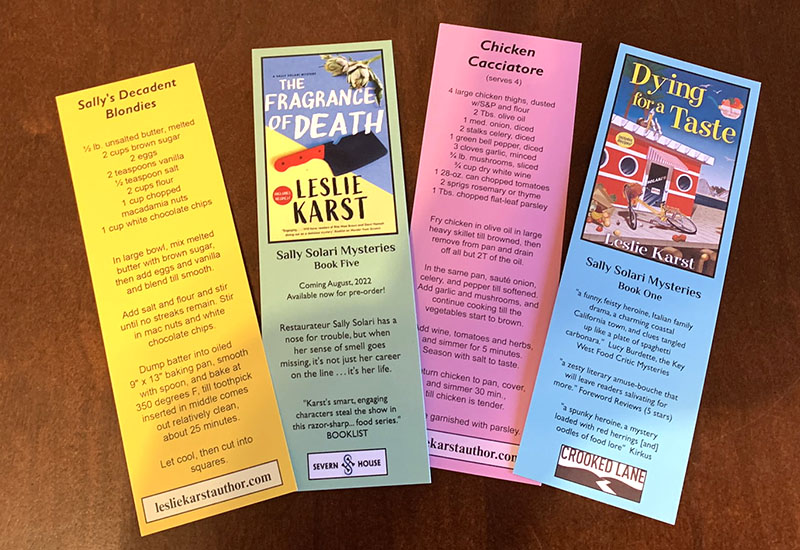
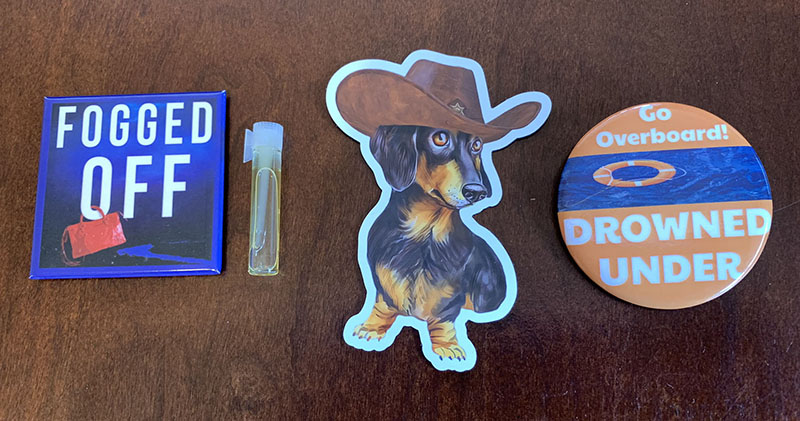
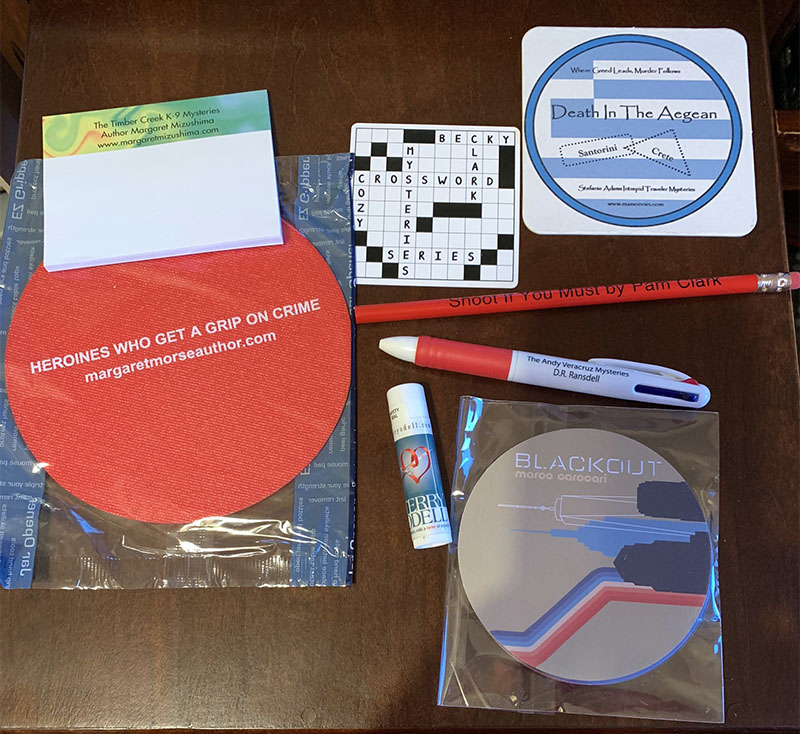



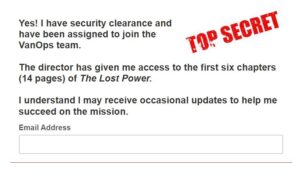




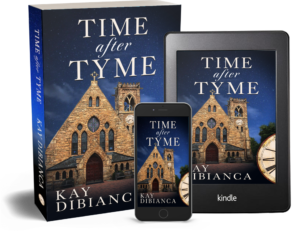
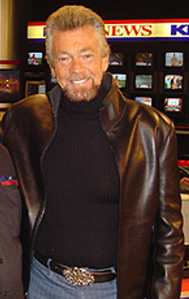

 What author, past or present, would you most like (or have liked) to have dinner with? You get to pick the meal. What would you select?
What author, past or present, would you most like (or have liked) to have dinner with? You get to pick the meal. What would you select?